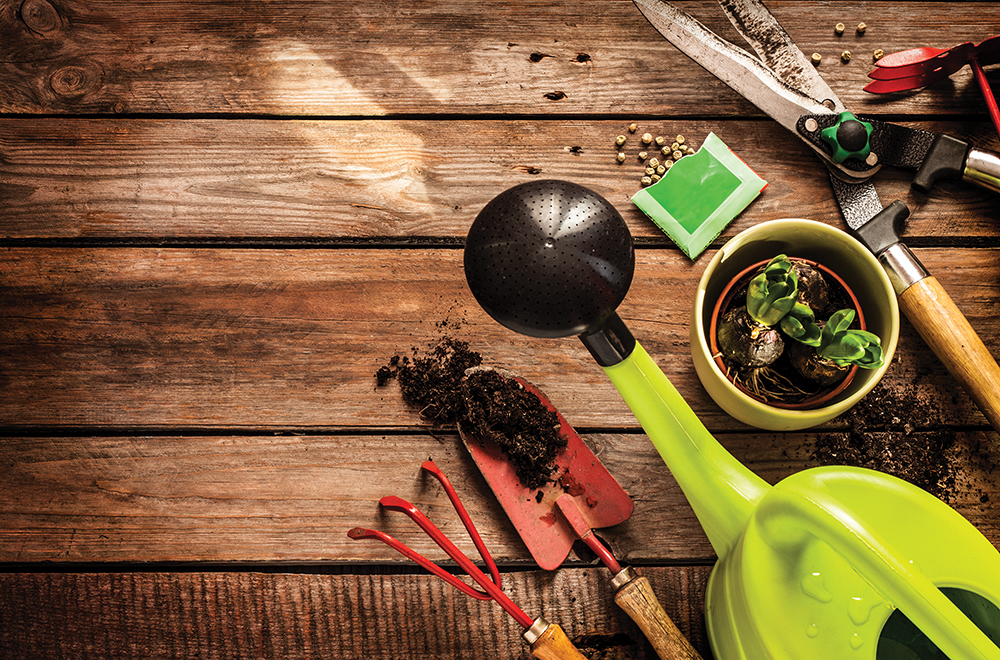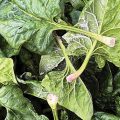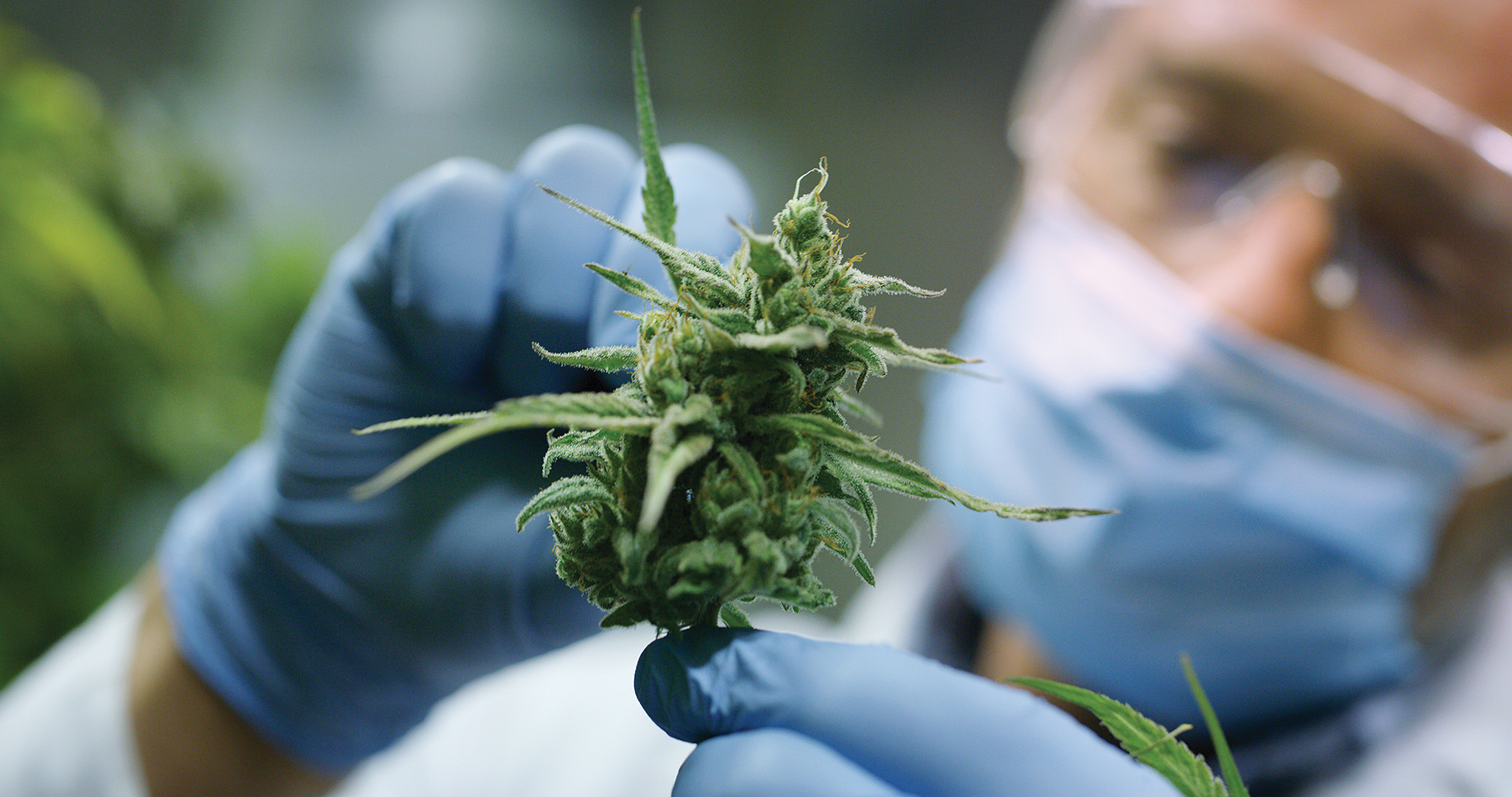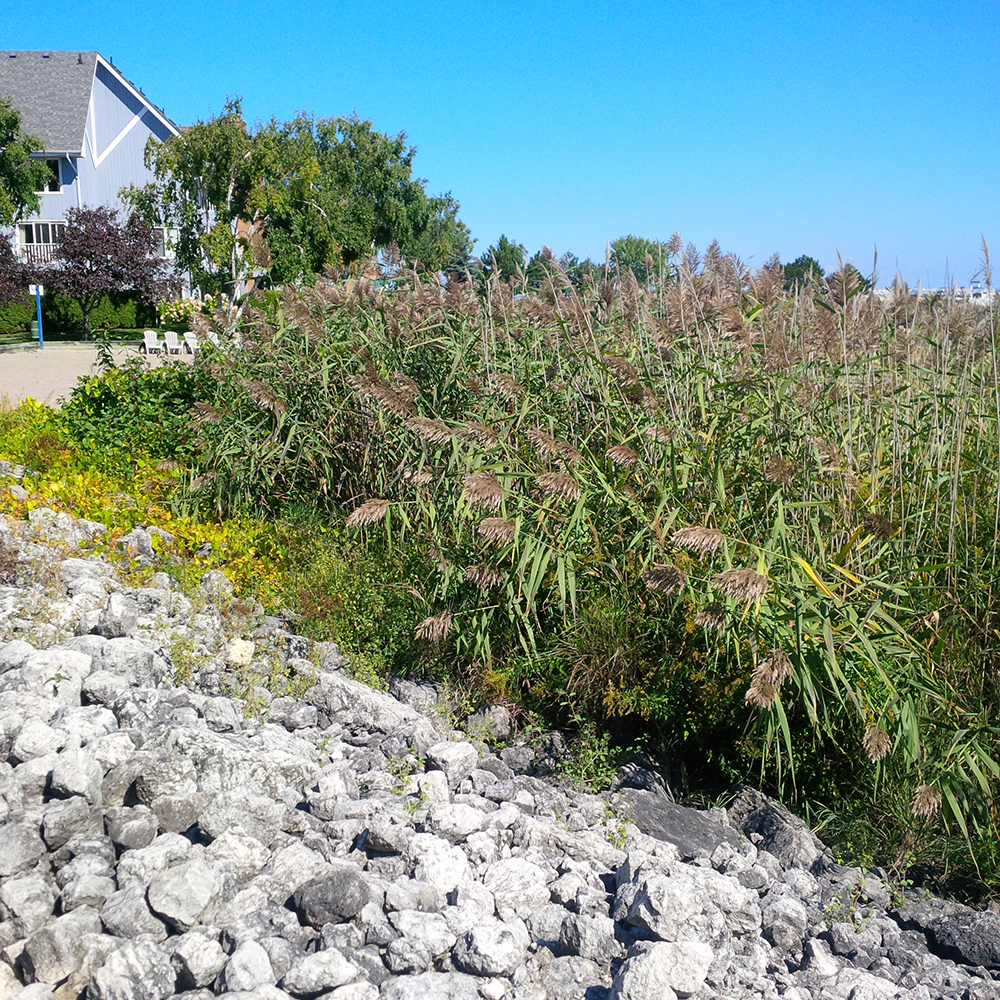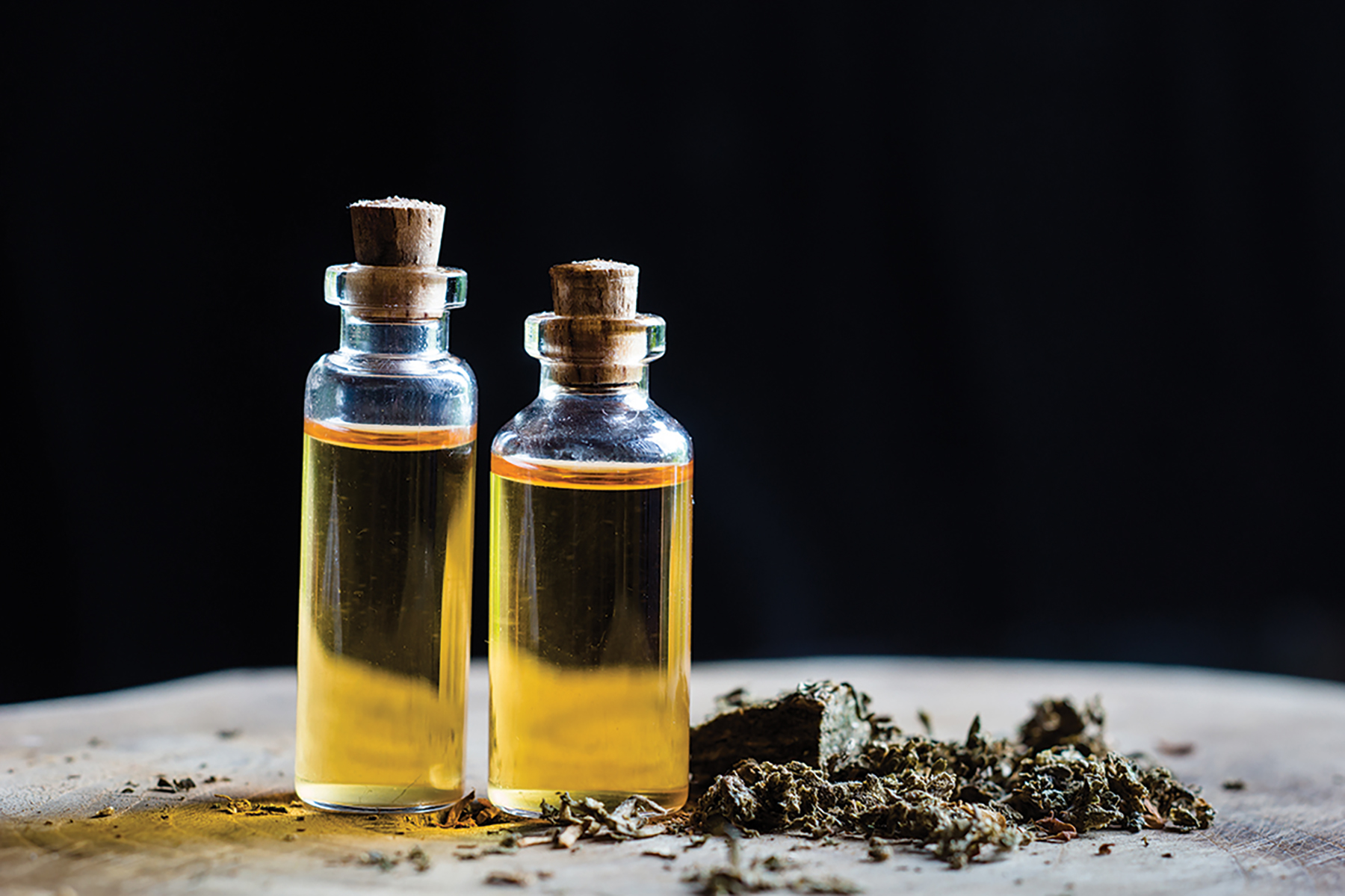A visit with expert Rob Mahy is more than a gardening lesson. It’s a trip to marijuana’s grassroots.
by Laurie Stephens // Photography by Roger Klein
“Look for the red mailbox and gigantic swing out front. You can’t miss it.”
Rob Mahy’s directions to his Meaford home are spot on. The swing looms large as I turn into his driveway and stop in front of a rustic stone house that dates back to 1896. A voice beckons me inside an adjacent wooden structure, and in I go to meet a wiry, white-haired man with a beard and glasses—the very picture of a professor.
Mahy, 65, a former carpenter, caught on to the healing properties of cannabis after an accident that broke his back. Today, his passion is delivering educational programs and advice on the medicinal benefits of the herb through his organization, Mother Earth’s Natural Design (MEND).
“I have nothing but respect for this plant,” he tells me as we sit in his office where a crockpot of cannabis stews—the beginnings of a tincture. “I don’t call it weed, I don’t call it pot. I call it cannabis as a sign of respect for the herb it is.”
Not surprisingly, the self-described “teacher, not a preacher” is also a local expert on how to grow cannabis.
A few years ago, cannabis was grown on the sly. The passage of the federal Cannabis Act, in October 2018, drew so much attention to the legalization of retail that it’s easy to forget it also opened the door for Canadians to grow and harvest up to four plants for their own consumption legally.
For those who venture to do so, cannabis is a hardy annual that will grow just about anywhere. But if you want to ensure you get the best yield, Mahy the teacher has a wealth of advice.
Growing the plants
Rather than growing from seed, Mahy recommends obtaining “clones” from someone like him, an experienced grower who has been planting in the region for more than five years. It is legal to obtain plants from a local grower so long as no money is exchanged.
“Clones already have their rooting systems, they are most times designed to grow in this area, and Grey-Bruce produces as good a cannabis as any that comes along, for its quality, its strength, its durability,” he says.
A helpful expert will also ensure you get female clones, as only females will produce buds. Plants grown from seed can be male or female, and it takes some practice to tell
them apart.
Once you obtain “The Girls,” as Mahy affectionately calls his plants, nurture them indoors in early spring and transplant them into successively larger pots about every two weeks to establish the roots. Give them lots of light and warmth, sufficient water, and “fertilize” them with a tablespoon of soil from the outdoor garden to accustom them to their eventual growing spot.
When the plants reach about two feet tall, and the threat of frost has passed, it’s time to get them outside.
Mahy plants them in a hole about two times the size of the plant, 16 to 20 inches deep. Even if your soil is clay—common in this region—cannabis will grow well if the hole is filled with a combination of black soil, peat moss, and compost. Other additives are not required.
“This is the beautiful part: If you put them in the soil, the roots will run and do what they need to do, and the energies of the earth are connected to the plant.”
Sufficient light—especially red spectrum afternoon sun—is needed, as is protection from excess moisture that can cause mould. Mahy erects a 10×10-square-foot canopy over his plants, open on the sides to let in plenty of light.
Maximizing the yield
If left alone, cannabis will reach for the sun and grow tall. But this may limit the number of buds. So Mahy begins to “train and bend” the indoor seedlings once they have about six sets of leaves. This involves pinching a branch just below the top set of leaves. New branches will then sprout from that spot to help the plant become bushier.
He continues this practice outdoors, along with staking the branches to guide their sideways growth pattern and allow light into the centre of the plant.
“A standard cannabis plant will have eight or nine arms with a bud on the end of it,” he says. “All of my girls now cover a 10-foot-square area, are between five and six feet tall, and produce probably 200 to 300 buds.”
Harvesting the plants
Come fall, Mahy uses a jeweller’s loupe to examine the colour of the trichomes—the tiny crystals growing on the bud. Creamy-coloured trichomes have lower THC content, he explains. With time, more amber flecks develop, a sign of higher THC.
“So, if you want the happy high, leave them as long as you can and get as much amber on them (as possible). If you want the healing side of it, pick them earlier.”
Harvesting can take up to eight weeks. When the trichomes are ready, Mahy clips off a few buds or branches at a time and hangs them in his shed to dry.
What people do with the buds is a whole other subject, and Mahy knows all about that, too. But today’s lesson is done, and as I hop into my car, the professor tells me to come back any time, with refreshing words for an age of ubiquitous cannabis shops: “My advice is free.”









